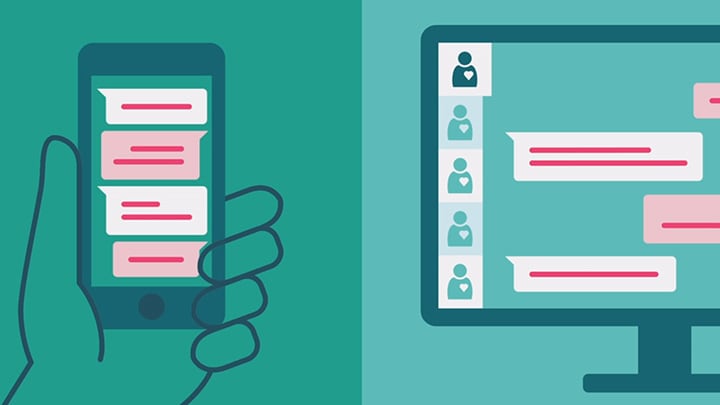

As hospitalists – physicians who provide general medical care to hospitalized patients – become increasingly common, a new study provides a better understanding of both missed and potential opportunities for integrating mobile technology, such as cell phones, tablets and applications (apps) into hospitalists’ workflows to improve patient care.
“Healthcare systems across the country have invested heavily in health information technology [HIT], but when it comes to the mobile technology provided to hospitalists, HIT hasn’t incorporated many user-centered designs,“ said study corresponding author and human factors engineer April Savoy, PhD, a Regenstrief Institute and U.S. Department of Veteran’s Affairs researcher and a Purdue School of Engineering and Technology at IUPUI faculty member. “Cell phones work well for ordering a ride form a car service or posting social media because their apps are designed for the consumers these companies wish to reach. But we found a lack of user-focused mobile technology apps designed to decrease difficulty and increase efficiency of hospitalists’ workflows and improve patient care.
“We determined that when hospitalists leave their desks to see patients, these hard-working physicians are relying upon paper, pen, and most importantly, their memory,” Dr. Savoy noted. This reliance on memory contributes to the cognitive load of daily work and can threaten patient safety. With the increasing volume and acuity of patients everywhere, ways to improve day to day care in the hospital are urgently needed.
“During rounds, hospitalists don’t use mobile technology because it’s not user focused. It lacks apps that are easy to use on small screens without keyboards because most healthcare systems haven’t figured out how to make mobile devices accessible when and where needed and haven’t solved such basic issues like battery life and device sanitation.”
After mapping out workflows and interviewing hospitalists, the study authors identified tasks that were most frequent, redundant or most difficult from the providers’ perspective and posited potential solutions including types of apps that could be prioritized to address issues and provide solutions. Based on their analysis they concluded that mobile apps focused on data entry and presentation supporting specific tasks should also be prioritized.
“Clinician perspectives on unmet needs for mobile technology among hospitalists: workflow analysis based on semi-structured interviews” is published online in JMIR Human Factors. The study, which was funded by the Department of Veterans Affairs, was conducted to inform the design and implementation processes of future health information technologies to improve continuity in hospital-based medicine and ultimately patient care.

